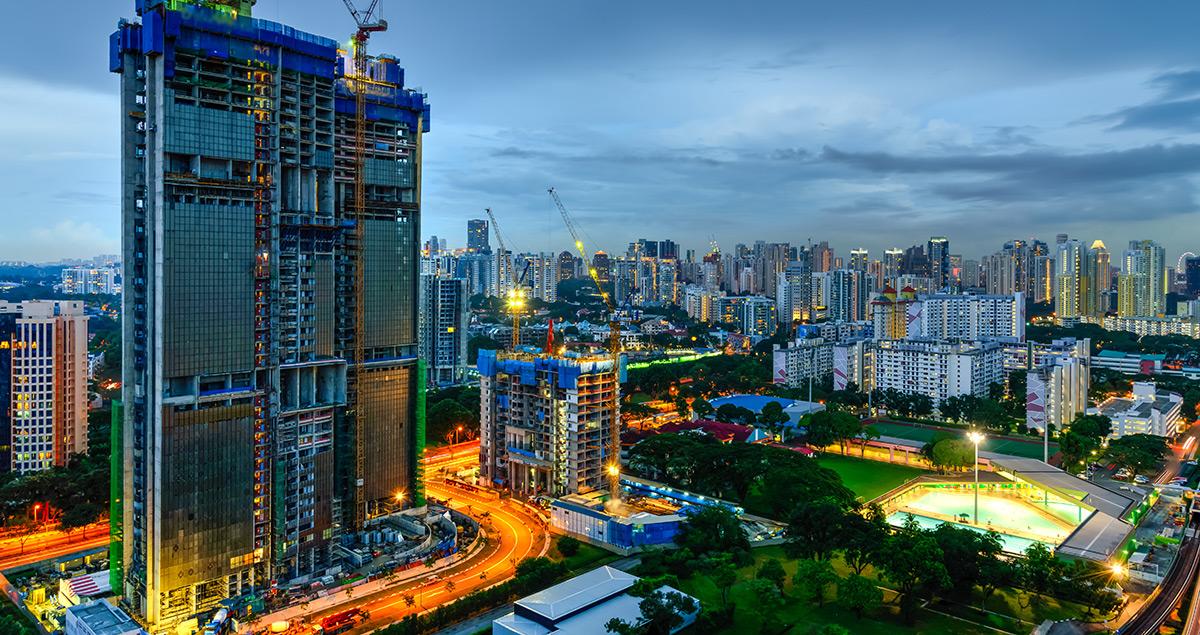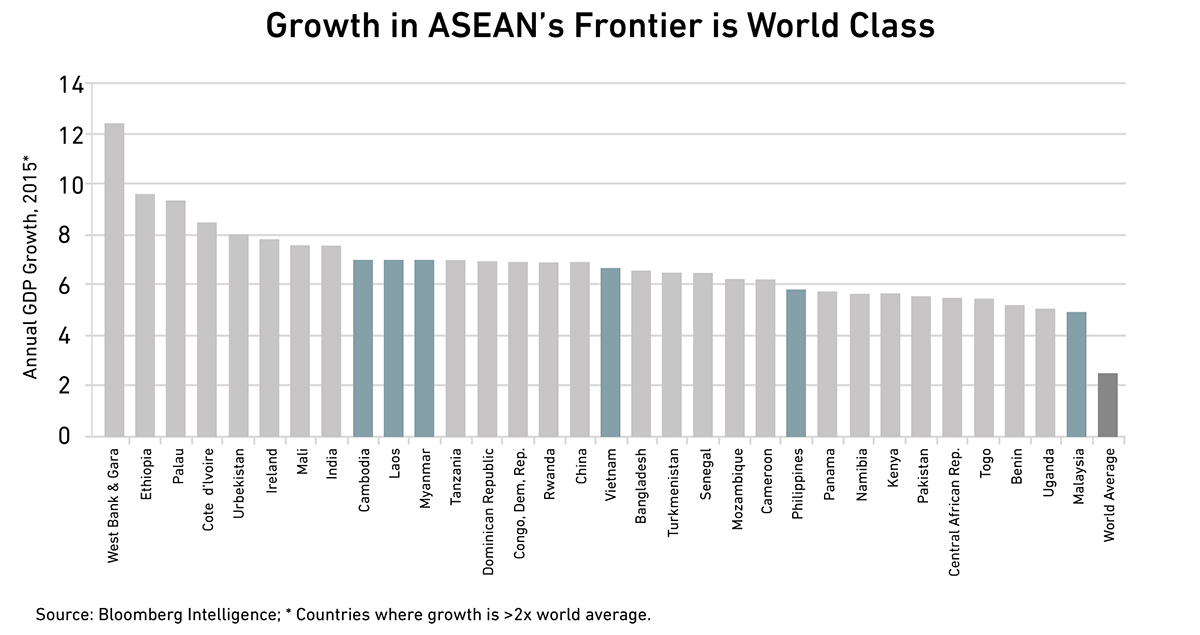The Japanese idea of 'chowa' - and how Asia can thrive in the future

There is nothing gentle about revolution. It heralds profound and rapid change. That's exactly what's coming in the Fourth Industrial Revolution, the impact of which will be felt more keenly in South-East Asia than perhaps anywhere else in the world.
At a rate of expansion that is difficult to conceptualize, the region's labour force is forecast to grow by 11,000 workers every day for the next 15 years. This comes at a time when the workplace is undergoing radical change with artificial intelligence (AI), automation and the Internet of Things (IoT) transforming how we do business.
This is a time of great challenges and great opportunities. The rapidly growing economies of South-East Asia are particularly well placed to thrive in this new world.
Sustainable solutions for industrial growth
With the region urbanizing at an unprecedented rate, changes in consumption are helping to drive rapid growth. Both the public and private sectors need to ensure that this growth takes place in an environmentally sustainable way. The good news is that while the challenge is significant, solutions already exist.
Take industrial parks, an area that is predicted to show strong growth as countries including Vietnam and Indonesia strengthen their position as lower-cost global manufacturing hubs.

Given that the industrial sector uses more than half of the world's total energy, it is vital that industrial parks, both existing and new, become smart - more energy-efficient, more cost-efficient and cleaner. This can be done in two ways. Firstly, by ensuring individual tenants install more efficient equipment. And secondly, by encouraging operators and developers of industrial parks to provide common infrastructure so that individual tenants need not duplicate it.
Smart, end-to-end energy-saving systems are a good example of how this can be done. These reduce energy costs and improve reliability by using advanced data visualization, demand analysis and simulation tools to determine granular electricity, heat and water consumption patterns. High-efficiency equipment and energy cogeneration systems can then be customized to the needs of the particular factory or park.
Liveable cities
Sustainable growth requires an appropriate standard of living for people, with issues such as traffic and waste management being addressed. Cities need efficient public transport, demand management measures and intelligent traffic management systems, which can improve traffic while reducing accidents and emissions. Significant investment in integrated solid waste management processes and facilities such as waste-to-energy systems are also needed.
The Iwate-Chubu Clean Centre in Japan is an incinerator facility that uses advanced resource recycling systems, such as SMASH (SMart ASH treatment), to generate electricity by burning waste, producing non-toxic, low-chlorine ash that can be added as filler for concrete. Such waste-to-energy plants provide a solution to three problems simultaneously - the disposal of waste, energy generation and the creation of construction materials from the by-products of that process.
The need to upskill
Having a workforce with the right skills is central to achieving sustainable growth and liveable cities. To make the best of the opportunities presented by new technology, workers need to be upskilled. Employers and policy-makers need to commit to investing in training and development so that the workforce is ready for more complex roles.
There will be a transition from traditional 'white collar' managerial jobs and 'blue collar' manual jobs to 'new collar' jobs - the highly skilled roles needed to deliver the benefits of increased automation and AI. South-East Asia needs to work ahead to ensure a deep talent pool of this new generation of worker.
Industry must play its part by upskilling current employees and ensuring future employees have the right 'new collar' skills. As a manufacturer in Vietnam, we provide programmes for Vietnamese students to study in Japan and also learn about cutting-edge technology through internships at MHI companies. These programmes are specifically designed to develop exactly the kind of 'new collar' workers that the region needs.
Harmonious partnerships
A recent report from the World Economic Forum found that collaboration and pooling together expertise will be essential when it comes to meeting the challenges of the Fourth Industrial Revolution.
The Japanese idea of chowa - "a spirit of harmonious partnership" - is built on exactly this belief. It is a spirit deeply embedded in the foundations of MHI. For example, in Singapore, we are collaborating with NCS to implement a world-first, next-generation, satellite-based electronic road pricing system to manage traffic congestion better.
The collaboration behind Mitsubishi Mahindra Agricultural Machinery is another example of two companies pooling their expertise to make high-tech agri-machinery accessible to even the less fortunate members of the sector - the same people who need this machinery for improved harvests.
Working in a closely connected way helps to foster a culture that strives for continuous improvement, constantly evolving and incrementally refining. This will help South-East Asia to become a leading light of this new industrial era, delivering the dual goals of sustainable industrial growth and impressive liveability.
This article was first published as part of the World Economic Forum on ASEAN.





